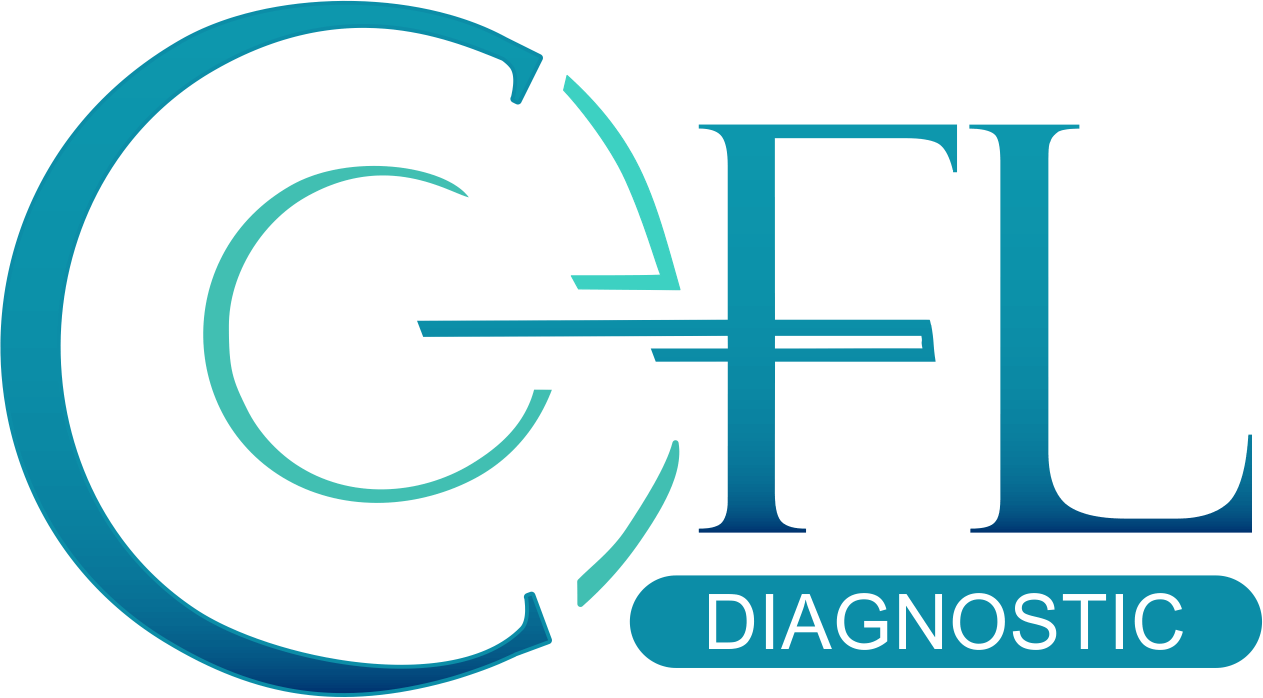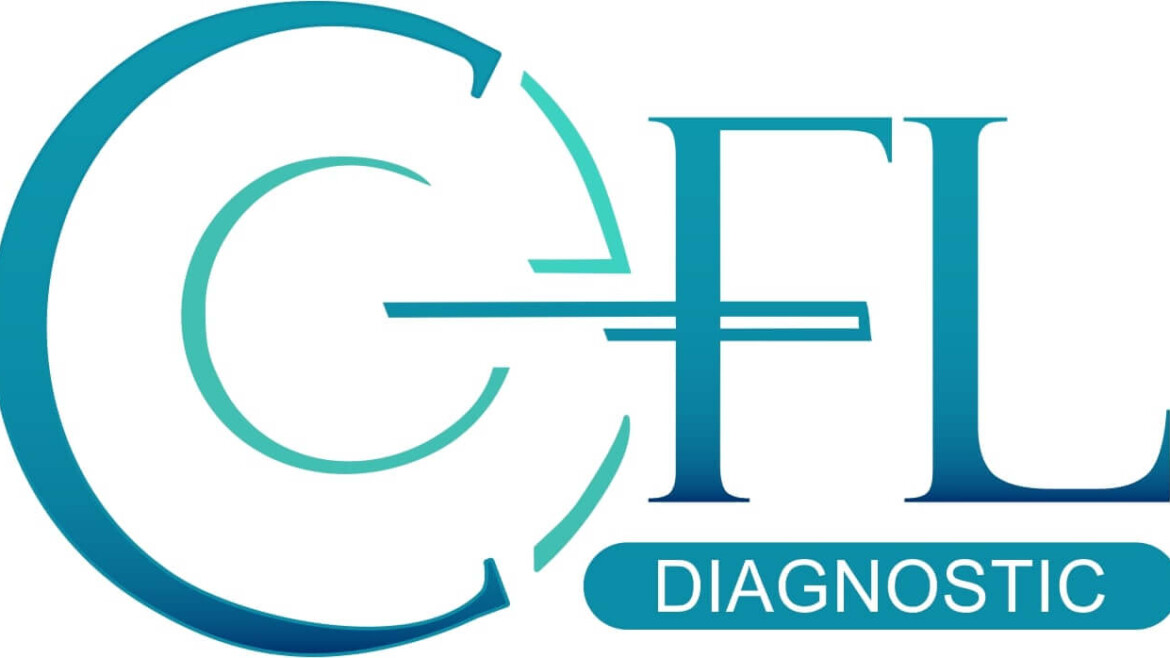With radiology being the hottest and most technologically advancing speciality, attracting the attention of many doctors, let us have a brief look at how it all began.
Radiology has been around for over a century. It all started when Wilhelm Conrad Röntgen discovered X-rays in 1895. After working for weeks in his lab experimenting on the production of ‘strange rays’, which he referred to as ‘X’, he asked his wife Anna Bertha to lend ‘a hand’, the left one to be precise, which he used to produce the first X-ray image. This is now known as ‘Hand mit Ringen’.(1) Allegedly she exclaimed in fear ‘I have seen my death!’ after seeing the image.(2)

Portrait of Wilhelm Konrad Röntgen (1845-1923)

The bones of a hand with a ring on one finger, viewed through x-ray. Photoprint from radiograph by W.K. Röntgen, 1895. Credit: Wellcome Collection. CC 4.0
This discovery resulted in his paper ‘On a New Kind of Rays’, earning him the first Nobel Prize in Physics in 1901.(2)
This phenomenon sparked a great deal of interest all over the world. Within weeks of his announcement hospitals world-wide had taken the initiative to open up X-ray rooms, which gave rise to the first radiology departments.(3) The British Röntgen Society (the first radiology society) was founded in 1897, and many further studies on X-ray usage and the effects of radiation were performed over the following years.(3)
In the early twentieth century, it was a common goal for investigators to try to find a way to separate the superimposed shadows that were recorded when a complex structure was shown on a radiograph.(3)
Many different methods were tried until 1921, when the Parisian physicist, André Bocage, described the basic principles of moving both the X-ray tube and the plate in synchrony while taking the image to gain a clearer image of the structure in question.(3) This is what is known as tomography. Tomography originates from the Greek words ‘tomos’, meaning ‘slice’ or ‘section’, and ‘graphia’, meaning ‘description of’.
In the 1960s computers were increasingly available and more powerful and in 1971, the first computed tomography (CT) scan was performed on a patient. The CT scanner was invented by Sir Godfrey Hounsfield and interestingly, at the beginning, it was not for use in medicine, but his concept was that ‘you can determine what was present in a box by taking a look at it from all angles’.(4)
In his workshop at the Electrical and Musical Industries (EMI, ltd.) laboratories in Hayes, Middlesex, he worked on a computer device that was able to process hundreds of X-ray beams to formulate a 2-D image of soft tissues inside a living organism. Images were recorded on a sensor, rather than a film, and they were taken using a rotating X-ray source. These images were obtained as a series of ‘slices’ and he was able to demonstrate the different tissue densities. It was possible to obtain 3-D volumes when the images were taken at short intervals.(4)
He initially tested this new CT methodology using the head of a cow from a slaughterhouse before moving onto his first human patient in 1971, a woman with a suspected tumour at Atkinson Morley’s Hospital in Wimbledon.(4)
The invention of the CT scanner earned Sir Godfrey Hounsfield a Nobel Prize in 1979 (along with Allan Cormack who came up with the underlying theoretical mathematics) as well as many other awards and recognitions.(4) The CT scanner is regocnosed my many today as one of the top revolutionary advances in medicine, alongside the discovery of Penicillin.

Portrait of Sir Godfrey Hounsfield (1919-2004)

The first clinical CT scan: Atkinson Morley’s Hospital, October 1971 Credit: impactscan.org.
Nuclear magnetic resonance (NMR), which was known as the spinning atom effect, was discovered in the late 1930s.(5) However, it was not until 1970 that NMR was used for medical applications. In the 1960s and 1970s, scientific research was published about the diffusion, relaxation and chemical exchange of water intracellularly, eventually leading to Magnetic resonance imaging (MRI).(6)
In 1971, an American-Armenian doctor, Raymond Damadian, published a paper in the journal Science, where he stated that NMR can detect tumours in the living body as it can distinguish tumours from normal tissue from MR relaxation times.(7) Damadian then invented an ‘Apparatus’ to achieve body scanning by spatially locating a tumour within the body and directing the NMR beams to specific sites of the body. He named this the focusing NMR concept (FONAR).(8) He, along with other scientists, then performed the first human full-body scan using the FONAR scan in 1977.(9) This image nearly took him 5 hours to acquire.

The team behind some of the first whole-body MRI scans (Copyright: Sir Peter Mansfield)
In 1973, Paul Christian Lauterbur, an American chemist and Sir Peter Mansfield, a British physicist, worked on obtaining useful magnetic resonance (MR) images taken at a much higher speeds, compared to Damadian’s FONAR scanner, by varying the strength of the magnetic field and developing mathematical processes.(10) This earned them a Nobel Prize in Physiology or Medicine that they both shared in 2003. Their work gave rise to the modern MRI scanners we use today.
IR came to life through the combination of the creative thinking and technical skills of diagnostic radiologists and angiogiographers.(11) Charles Dotter, a vascular radiologist and commonly known as ‘The Father of Interventional Radiology’, invented angioplasty.(12) On January 16, 1964, Dotter percutaneously dilated a tight stenosis of the superficial femoral artery in an woman with painful leg ischemia and gangrene who refused leg amputation. It was a success and circulation returned to her leg. The dilated artery remained open until her death from pneumonia over two years later. This led the way for many other minimally invasive vascular procedures. Nowadays, IR is a clinically oriented speciality that offers a wide range and growing number of procedures.
The theoretical basis for ultrasound physics has been around since 1794, but it wasn’t until 1942, when Dr Karl Theodore Dussik in Austria transmitted an ultrasound beam through a human skull to view the brain, that ultrasound was first used in medicine.(13) In the mid-1950s, Ian Donald, a Professor of Midwifery at Glasgow University, became a pioneer in the application of ultrasound since he was the first to incorporate it in Obstetrics and Gynaecology. He published an article titled ‘Investigation of Abdominal Masses by Pulsed Ultrasound’ in 1958 in the medical journal The Lancet. This was a defining publication in the field of medical ultrasound.(14)

Dr Karl Theodore Dussik in Austria transmitting an ultrasound beam through a human skull (1942)
In 1957, Ian Donald and Tom Brown, a Scottish Engineer, built the first successful ultrasound machine. It was only taken seriously after a large ovarian cyst in a female patient was diagnosed, as at first Donald’s idea was ridiculed.(14) Ultrasound was later used as a safer imaging modality for pregnant patient as X-ray use was dangerous to the foetus of a pregnant patient, as demonstrated by a research conducted by Alice Steward, a British Epidemiologist.(15)
Radiologists needed a common means for sharing images. In the mid-1980s picture archiving and communication systems (PACS) emerged, which facilitated remote viewing of images and the prompt retrieval of images from an electronic storage.(16)
Computer-aided diagnosis (CAD) emerged in the early 1980s.(17) It is now being used widely in the detection and diagnosis of various abnormalities using different imaging modalities. It has become one of the most important topics of research and development in clinical radiology.(17)
Another major advancement in radiology is artificial intelligence (AI). Early in the 1960s and 1970s, Dendral, the world’s first problem-solving program, was developed.(18) It was first intended for practitioners of organic chemistry and later provided the basis of MYCIN, a system involving one of the earliest uses of AI in medicine.(19)(20) AI is now becoming more mainstream with algorithms being produced to aid radiologists in the detection and characterisation of pathology. AI is currently being used for many applications in radiology; for example, in speech recognition, detecting and characterising lung nodules, characterising liver lesions in MRI and prioritizing follow up evaluations and identifying and characterizing microcalcifications in mammograms.(21) Currently the cutting-edge AI algorithms have a limited range of abnormalities that they can detect and require heavy tuning of parameters. As there are risks for false positives and false negatives, research is currently underway on this rapidly evolving and developing technology.

AI research is making progress
With these advancements there has been a noticeable rise in demand for radiology due to its importance in the diagnosis and management of patients. There has been pressure on limited resources due to the increase in the number of patients per radiologist. The introduction of digital radiographic techniques in conventional radiology was gradual and has been beneficial to the profession with increased image accessibility, elimination of loss of images and improved staff productivity.(22) Images as well as their reports are now accessed within seconds throughout all hospital departments.
Ok, so what do radiologists do now?
Radiologists play a pivotal role in patient care, not only reporting medical imaging, but also performing skilful procedures to aid diagnosis and treatment, such as US and IR. Radiologists are a core part of modern multidisciplinary team meetings, reviewing imaging and contributing to the discussion of treatment plans with physicians and surgeons. Radiologists are also involved in researching new methods of incorporating advancements in technology into everyday reporting. Some centres are researching the use of AI in radiology reports, for example providing a preliminary description of findings and measurements of the lesions present.(23)
As history has shown, radiology is a technology-heavy specialty, advancing all the time. The future of radiology will involve further advancements, and maybe technology not yet discovered, to advance medicine and help patients for many years to come.



